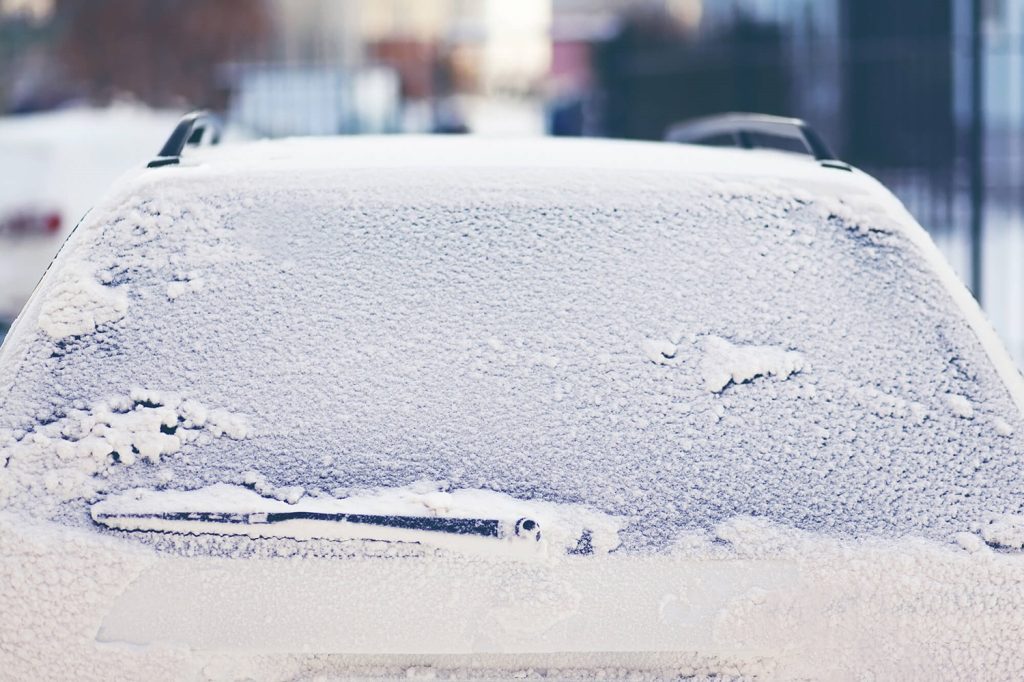How Frost and Snow Impact Windscreen Safety in New Zealand
Winter driving conditions in New Zealand can present unique challenges for car owners and drivers. Among these, frost and snow on your windscreen can significantly affect safety. Understanding how frost and snow impact windscreen safety in New Zealand and how to care for your windscreen in these conditions can help you drive more safely during the colder months.
The Impact of Frost and Snow on Visibility
Frost and snow can severely limit your ability to see the road. A frosted windscreen creates a barrier, obstructing your view of traffic, pedestrians, and road signs. This can be especially dangerous in low-light conditions, common during New Zealand winters. Partial frost coverage can also distort your vision, making it difficult to judge distances accurately. Ensuring your windscreen is clear before driving is crucial for maintaining visibility and safety.
Frost and Snow Affect the Structural Integrity of Your Windscreen
Scraping ice with tools not designed for windscreens can scratch the glass, weakening it over time. Additionally, sudden temperature changes, such as pouring hot water on a frozen windscreen, can cause the glass to crack. These issues impair visibility and reduce the windscreen’s ability to protect you in the event of an accident.
How is The Functionality of a Windscreen Affected?
Snow and frost affect more than just visibility and integrity; they can also impede the functionality of your windscreen. Ice buildup can clog windscreen wipers, reducing their effectiveness and potentially damaging the blades. Moreover, if your washer fluid is not rated for low temperatures, it can freeze, exacerbating visibility issues by creating a layer of ice on the windscreen. Regular maintenance and proper winter-grade washer fluid are essential to ensure your windscreen wipers and washers function optimally.
How to Defrost and Demist Your Windscreen Safely
Defrosting and demisting your windscreen should be done carefully to avoid damage. Start by turning on your vehicle’s engine and setting the heater to the defrost mode at a low temperature. Gradually increase the heat to prevent sudden temperature changes that can crack the glass. Use a proper ice scraper designed for windscreens to remove frost, and consider applying a de-icing solution to speed up the process. Never pour hot water on a cold windscreen, as it can result in cracks.
Additional Cold Weather Windscreen Care Tips
To maintain your windscreen during the colder months, consider these additional tips:
- Use a Windscreen Cover: Prevent frost and snow buildup by using a windscreen cover overnight.
- Check Wiper Blades: Ensure your wiper blades are in good condition and replace them if necessary.
- Maintain Washer Fluid: Use washer fluid that is rated for low temperatures.
- Park Smart: Whenever possible, park your vehicle in a garage or another sheltered area to reduce frost and snow accumulation.
- Regular Inspections: Regularly inspect your windscreen for any chips or cracks and fix them promptly to prevent further damage.
Driving safely during New Zealand’s winter months requires extra attention to your windscreen. Understanding the impacts of frost and snow on your windscreen and following safe defrosting practices and additional care tips can help ensure a clear and safe driving experience.





